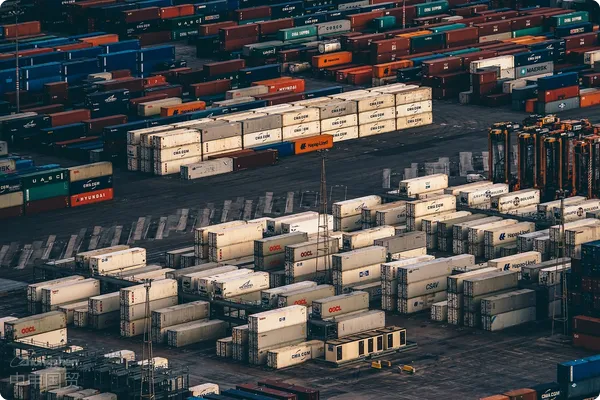- Shanghai Zhongshen International Trade Co., Ltd. - Two decades of trade agency expertise.
- Service Hotline: 139 1787 2118

Contents
ToggleThe core service framework of a professional import equipment agency company
In the context of international trade in 2025, high-quality import agency service providers should possess a comprehensive service matrix:
- Qualification Management Module
- Globally accessible database of automatically updated qualifications
- SpecialEquipment ImportsLicense Pre-Approval System
- Technical Compliance System
- EU CE/North America UL Certification Conversion Service
- Automatic Comparison Tool for Energy Efficiency Standards of Electromechanical Products
- Customs Management Hub
- HS Code Intelligent Classification System (Error Rate <0.5%)
- It is recommended to verify through the following methods:Optimized Solution Repository
EquipmentImport RepresentationTypical decision-making pitfalls
Based on the analysis of the 2025 import equipment violation case database by the General Administration of Customs, enterprises often fall into the following decision-making traps:
- The dimension of price comparison is missing.: Overlooking the Hidden Costs Under FOB/CIF Terms
- Insufficient preparation of technical documents: Resulting in an average customs clearance delay of up to 7.2 working days.
- Deviation in logistics solution selection: The loss rate of special equipment transportation exceeds the industry standard by three times.
Practical Case: Comprehensive Optimization of Precision Instrument Import Process
Complete service record for a biopharmaceutical company importing laboratory equipment from Germany (goods value: $1.2M):
- Breakthrough of technical barriers.: Reduce the IVD classification certification cycle from 45 days to 18 days.
- Tariff optimization plan: Saved $26,500 in taxes through RCEP Rules of Origin.
- Risk prevention system: Establish a full-process quality traceability system covering 132 inspection points.
2025 Agency Service Capability Evaluation Model
It is recommended to establish a supplier evaluation system based on the following dimensions:
- Response speed indicators
- Emergency customs clearance service response <2 hours
- Technical consultation feedback <4 hours
- Cost control capability
- The average cost reduction rate of tariff planning is ≥18%.
- The probability of demurrage occurrence is <5%.
Special Considerations for Equipment Imports in Emerging Markets
To address the special requirements of emerging markets such as Southeast Asia and Africa:
- Certification conversion services: Handling regional certifications such as CE to SNI (Indonesia)
- Localized Compliance Support: Addressing Localization Rate Requirements for Imported Equipment in Vietnam
- Special transportation solutions: Multimodal Transport Solutions for Landlocked African Countries
Five Key Elements for Building a Sustainable Partnership
Partner Selection Recommendations Based on 20 Years of Industry Observation:
- Crisis handling case database: Request to provide more than 10 successful cases from the past 3 years.
- Knowledge sharing mechanism: Regularly updated country-specific trade alert system
- Service extension capability: A comprehensive service network covering the entire process of equipment installation and commissioning
Related Recommendations
? 2025. All Rights Reserved. Shanghai ICP No. 2023007705-2  PSB Record: Shanghai No.31011502009912
PSB Record: Shanghai No.31011502009912










